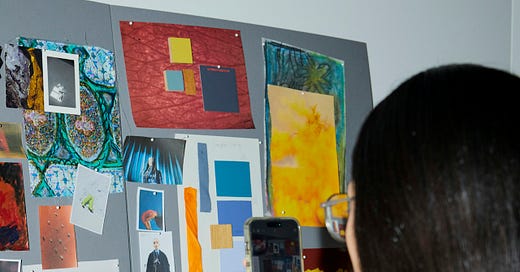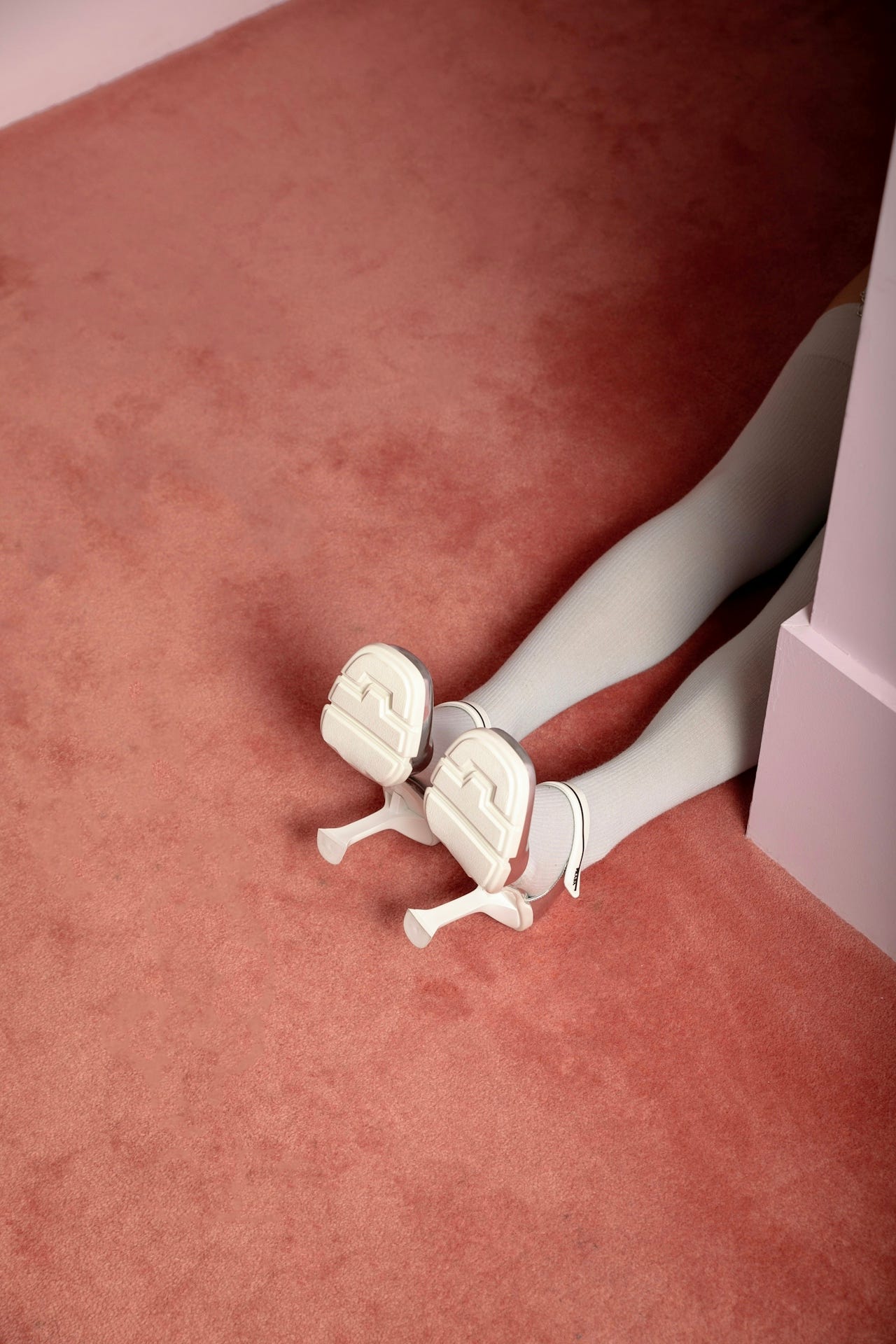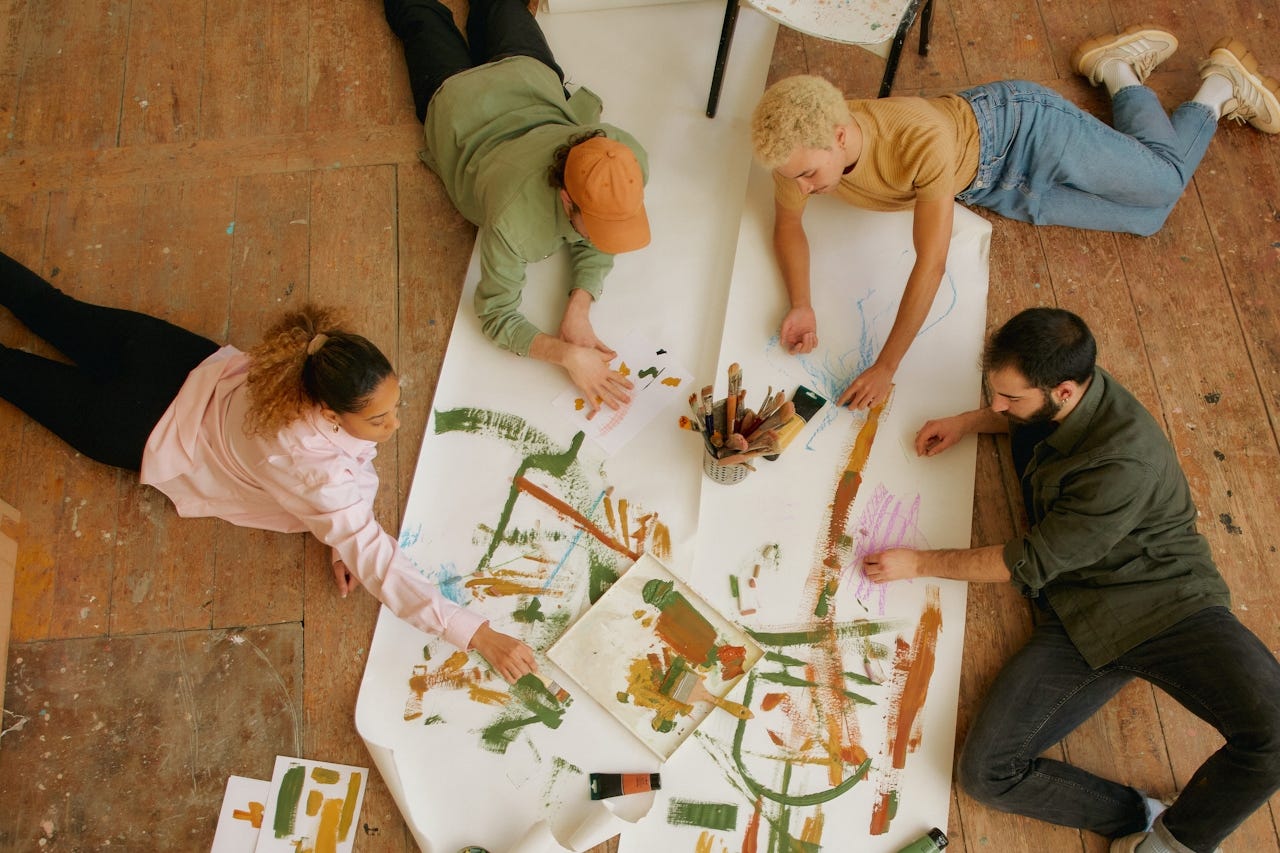Creative fatigue: why graphic design no longer feels like a creative job
I'll be leading a bunch of moms through a fitness class as this posts. I hesitate to say that I don’t want to be a graphic designer anymore… but I definitely don't like the details of the career.
I just feel like over the years graphic design has become less and less humane of a career with prices getting cut, urgency increasing, and my actual love of the game going down. Are there any other graphic designers who can relate?
I wish I could say that I have an innate desire to improve based around my love for art, but if that were the case, I would pursue more traditional, slower mediums.
I’m talking to folks who are even younger than me who also admit that they don’t want to be graphic designers for long. The burnout for early career is real. Meanwhile, late-career graphic designers are telling me similar stories of how they went off on their own to take back freedom in their work, but over time felt bogged down and uninspired but endless admin.
The reasons apathy and disdain is affecting graphic designers of all career levels are plenty. I’ll name a few:
Graphic design used to require gymnastics level skills to provide a visual outcome many can now achieve in 2-3 clicks. While faster is truly more convenient, it has removed most of the satisfaction and slowness of the process.
Some tasks in graphic design do not require 2-3 clicks but several hundred hours, and it’s hard to tell which one it’ll be. It usually depends on the specific ask of the client and the programs you’re dealing with. While this is mostly perceptual, client management feels like it’s become increasingly challenging and niche… and also not what I care about?
In the time I could spend pondering and crafting services, I could do things I truly enjoy like running around outside, teaching fitness classes, and meeting with people face-to-face.
The reality is that graphic design can be pretty back-breaking and thankless production work. Even with the “right type” of clients, it’s an endless to-do-list of nudging, blending ideas, and usually creating something that may be quite different than the designer’s first few recommendations.
There’s a vast amount of value and visual compromise happening in the visual-design industry at the moment. What many clients ask for and what a graphic designer can realistically provide within time and allocated budget usually ends up being a Frankenstein of trends or soulless minimalism.
I entered this field to use creativity to solve problems, however, the evolving nature of the industry seems to have fewer creative solutions and vastly more business and administrative problems.
When it comes to simple, flat graphics, you really could just use Canva. I didn’t get into the business to convince people to pay a designer more money for something that could be quickly and aesthetically made by customizing a licensed template. I wouldn’t knock it either, depending on the type of outcome you’re trying to create.
I see plenty of brands that are simply considered asymmetrical, unhinged, nightmares, but I also feel that type of carelessness and effort is viewed as a step in the right direction for some businesses over endless projects that obsess over perfection and do not close or lead to real world outcomes.
One way to get out of this cognitive dissonance between business, art, and graphic design: be purely an artist. And if you want to run a good business, maybe don’t try to provide flat graphics and branding packages to everyone? People who try to find a middle in this climate—dare I say even in good times— usually become the spitting image of a flailing small business.
Often I do see artists and designers who have lost passion in their career, and likely it’s also because they’re draining their energy spending time on non-art or creative pursuits. I don’t feel engaged enough to only keep moving forward in this industry and to continue doing creative work within the current freelancer or agency model.
I’m still taking the time to reflect on my skills, acquire new ones, and converse with many people across different industries who are trying to fight for innovation when it comes to their creative dreams… not necessarily innovation for the business of design. I feel like I’m learning in real time what kind of pivots and additional education I want in order to make my income interesting and worth pursuing—aside from raising basic cost of living.
I have these conversations candidly and honestly on my podcast every week, which truly brings me joy. That feeling of joy to me has become more important than the exact specific way I achieve it — whether that’s through my career or any other means.








